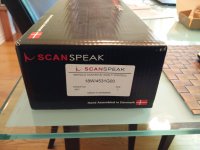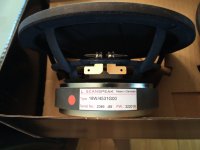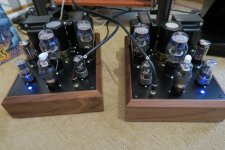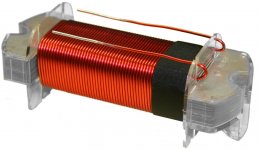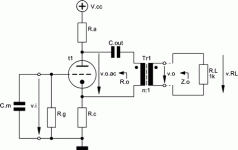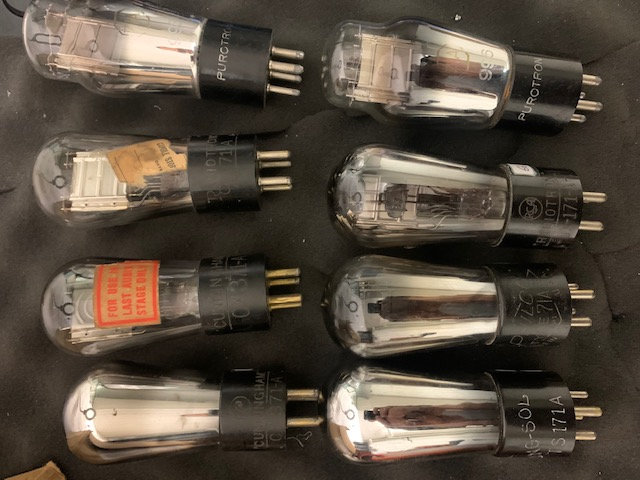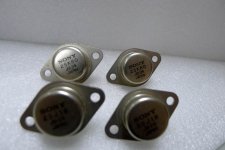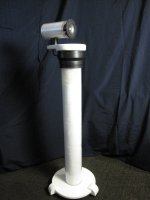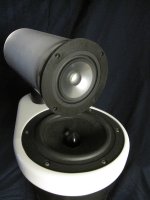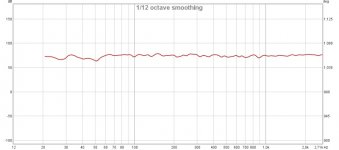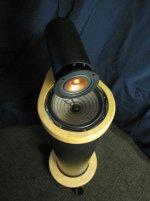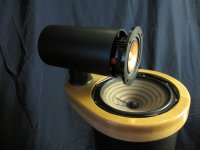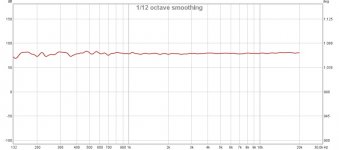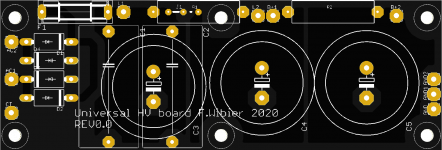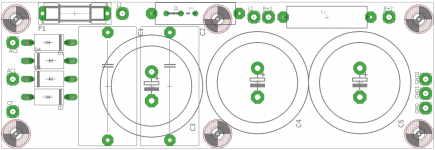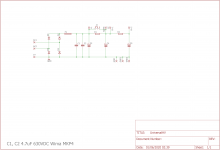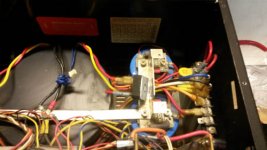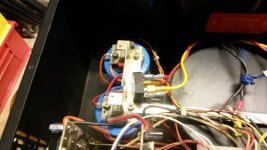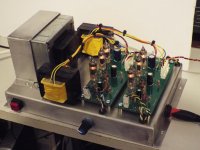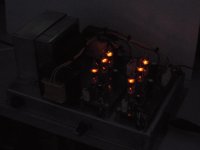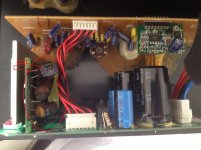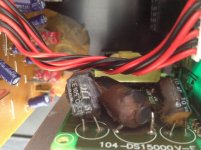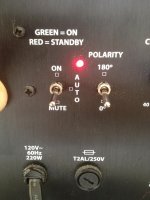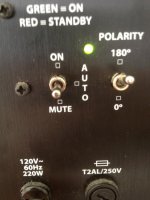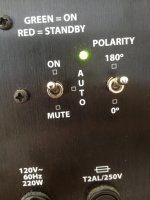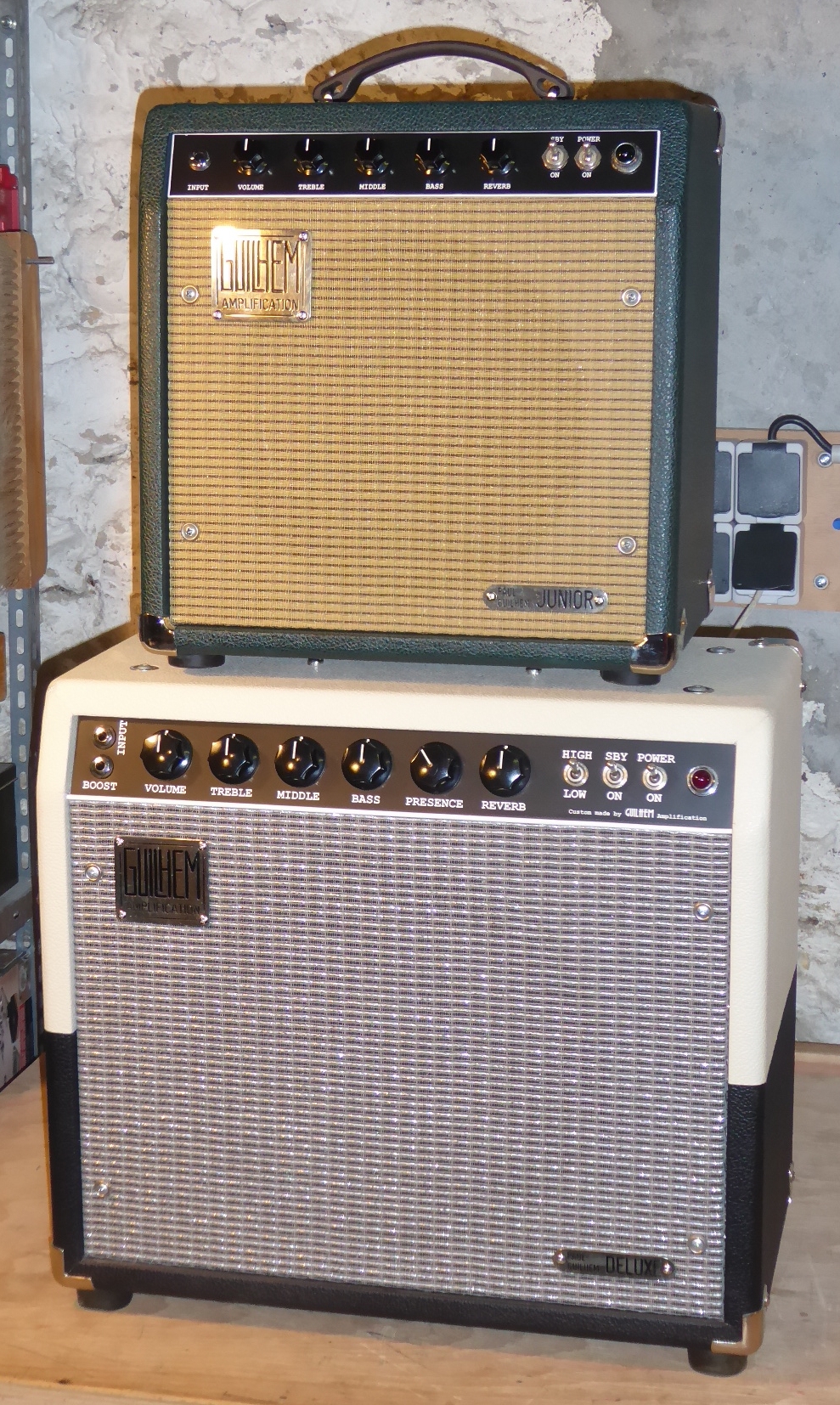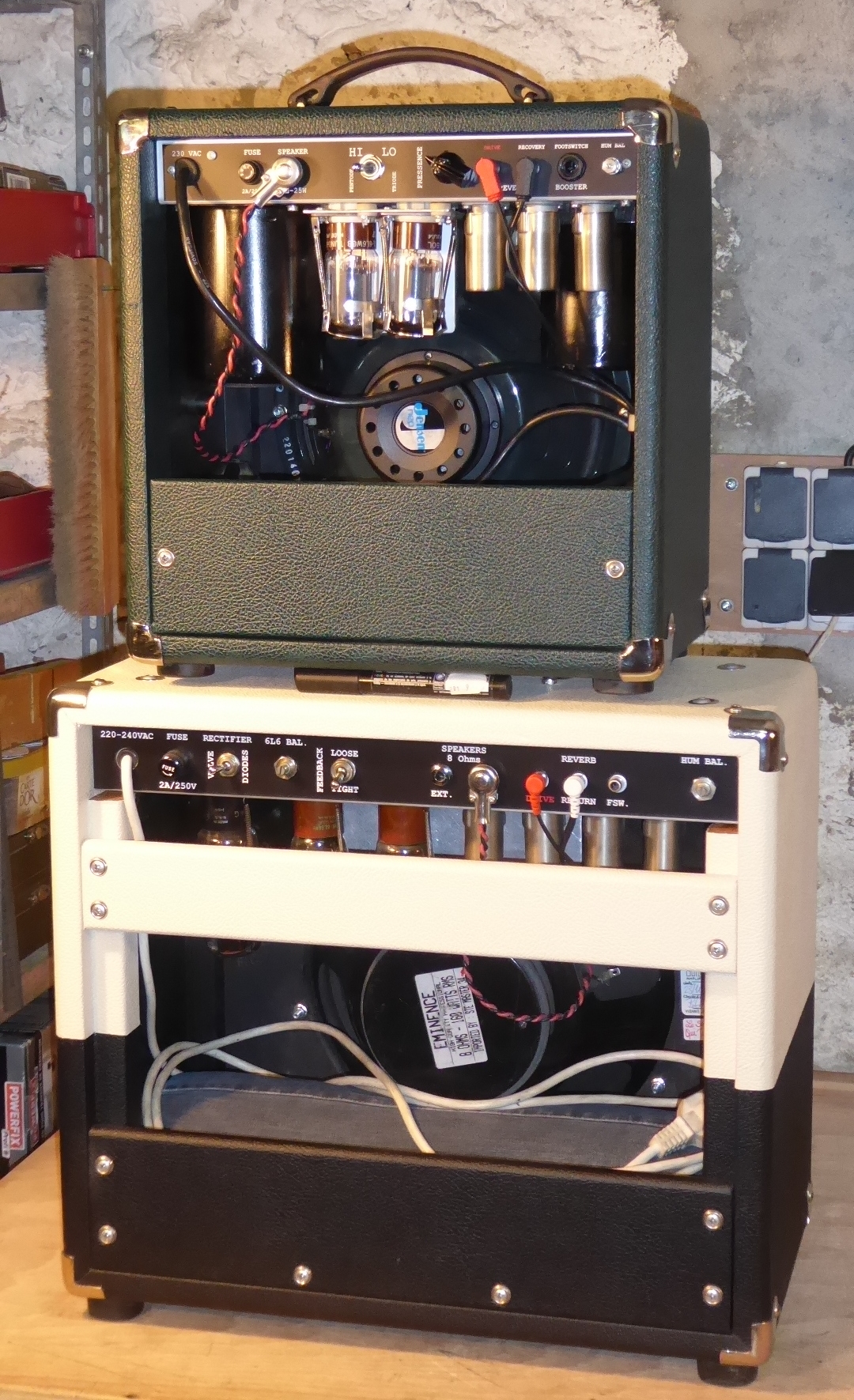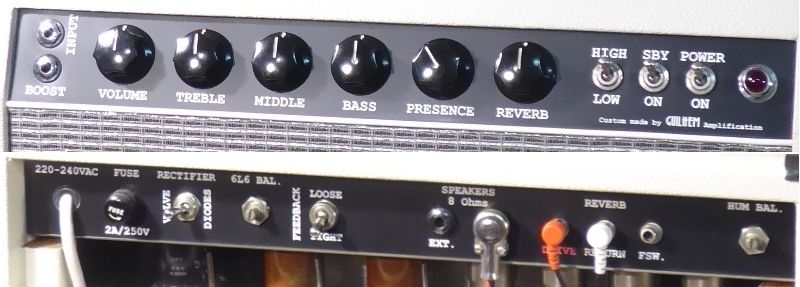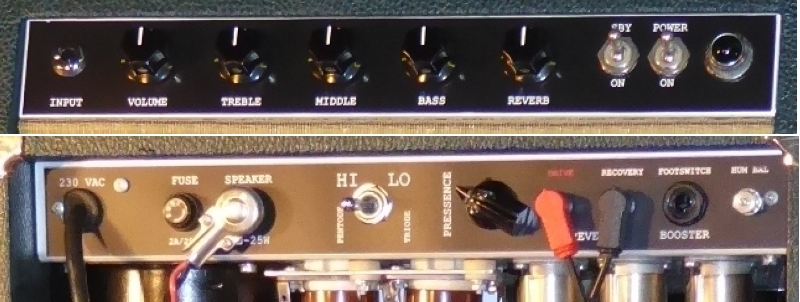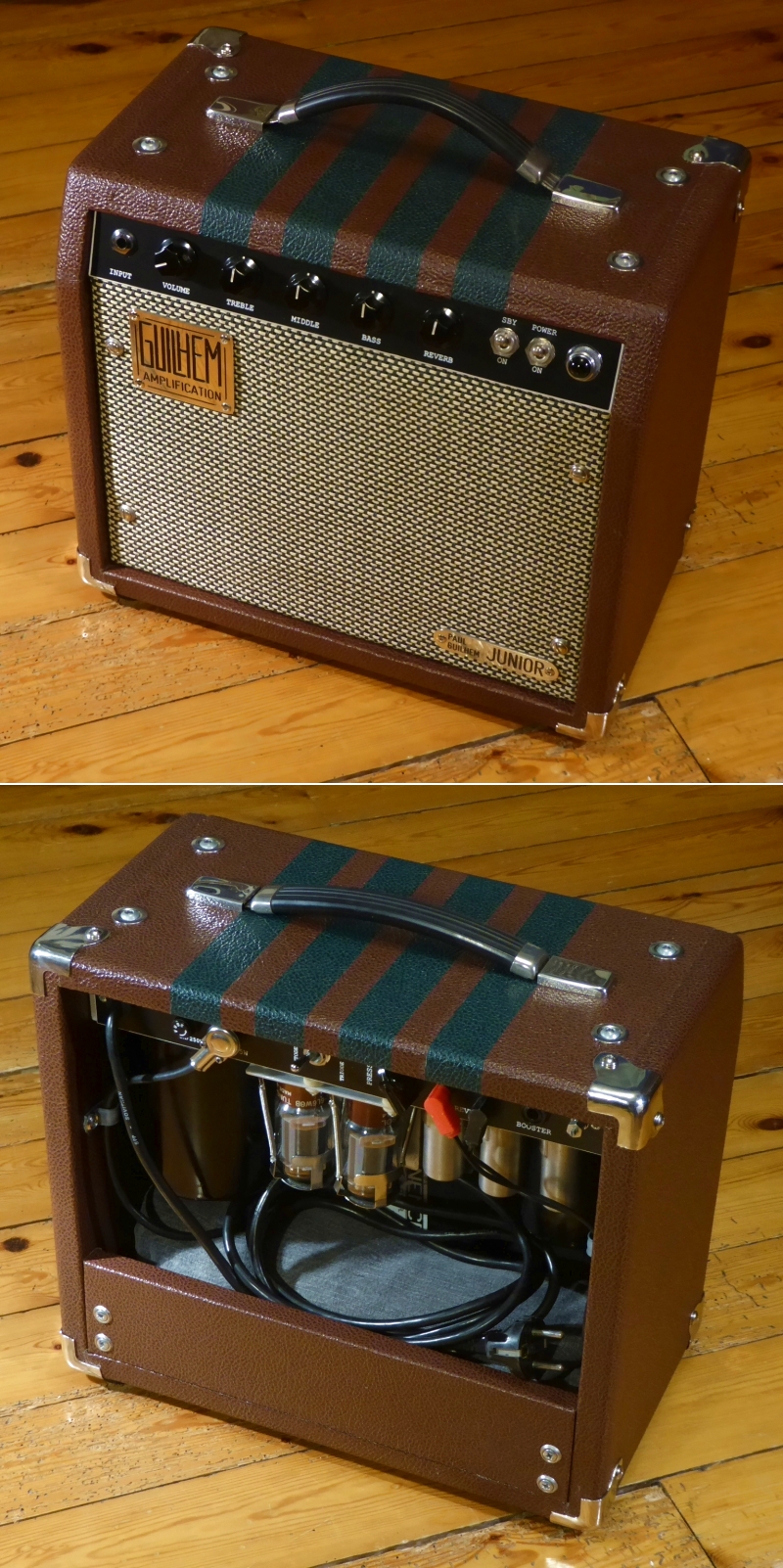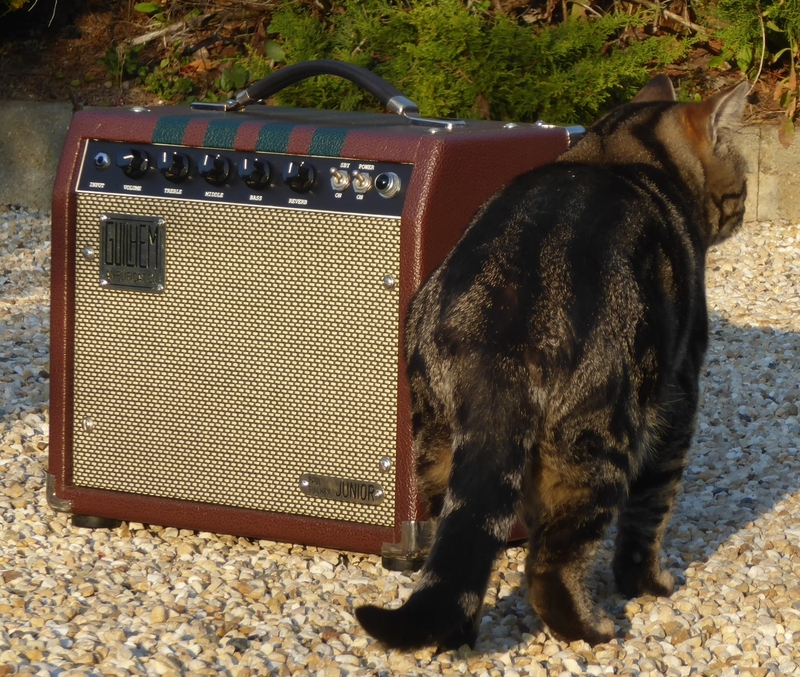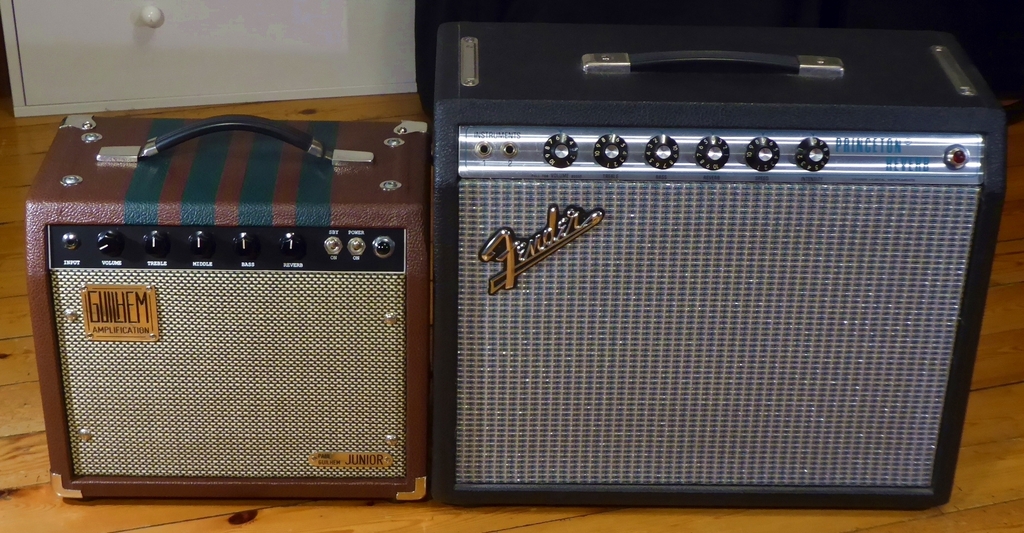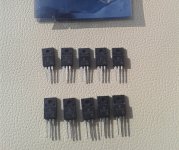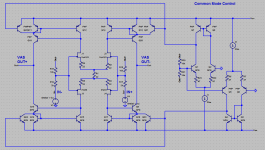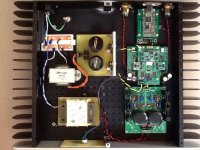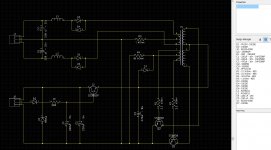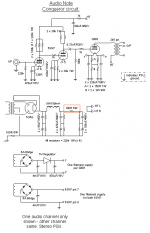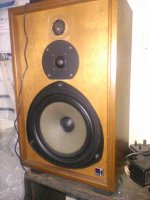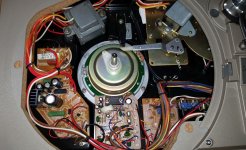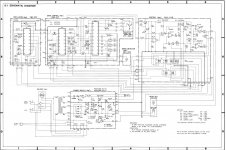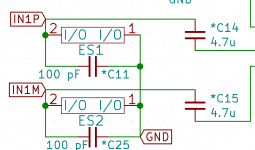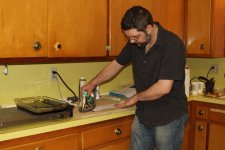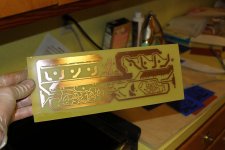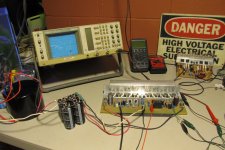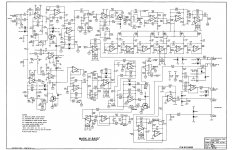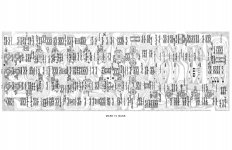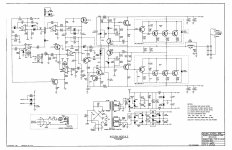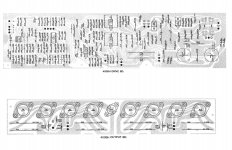[special=[special=
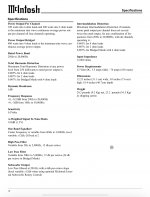
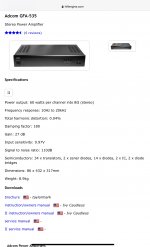
]%[/special]]%[/special]
Hello,
Hope everyone is well at those times
I’m stripping MCC404m from my car, I won’t be doing car audio anymore.
I thought of repurposing this amp as home amp.
1) Do you think it will be an upgrade over my current amp Adcom GFA-535?
On paper, MCC404 is more powerful 200w@8ohm bridged vs. 60w@8ohm.
But, MCC has lower S\N ratio 105db vs 110db.
MCC THD 0.007 bridged @ 4ohm. Any guess what it could be at 8ohm load? (Does it matter/audible in real life?)
Attached spec sheet for both amps. (MCC manual, Adcom from web)
2) I will need a power supply for MCC. From what I gathered I can use a PC PSU.
MCC is rated at 12v 70A (100W ??? This one I don’t understand - 12v*70A=840w...anyway, I believe I should get at least 1200w PSU - Corsair XH1200 or something along those lines).
Please correct me if I’m wrong, any input would be appreciated
3) my concerns:
- will PC PSU introduce noise into the system? In theory i can add a capacitor in the chain, the same one i used in a car.
- is PC PSU a safe option? Do they have build in protection? (Basically, will this setup be a hazard, even in case I’ll do everything else right - securely connected wires, insulated, all that)
4) other reasons not to do that?
I thought of doing it because I thought it might be an upgrade over Adcom,
MCC has some EQ capabilities which may come in handy (well, depends on how quality it is, EQ on my pre-amp that i used (also Adcom) definitely introduced some artifacts in higher frequencies, so idk),
Lastly, generally I think its just cool idea, and a fun project.
Thank you
